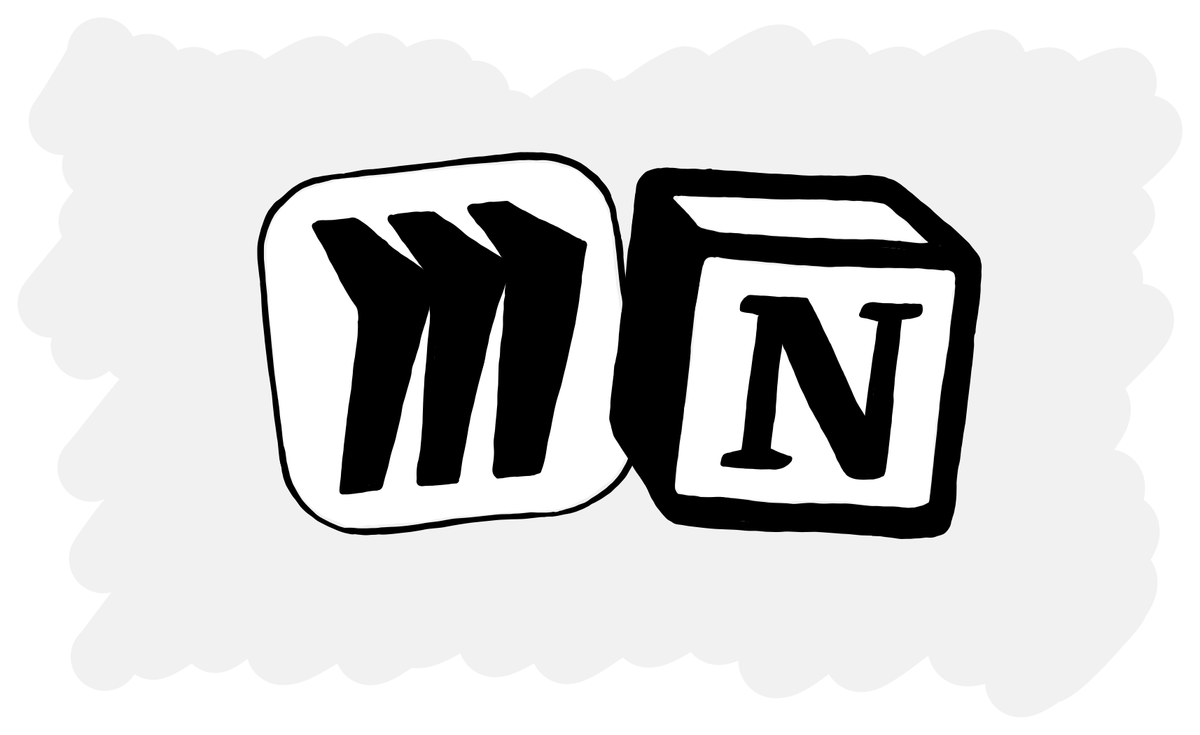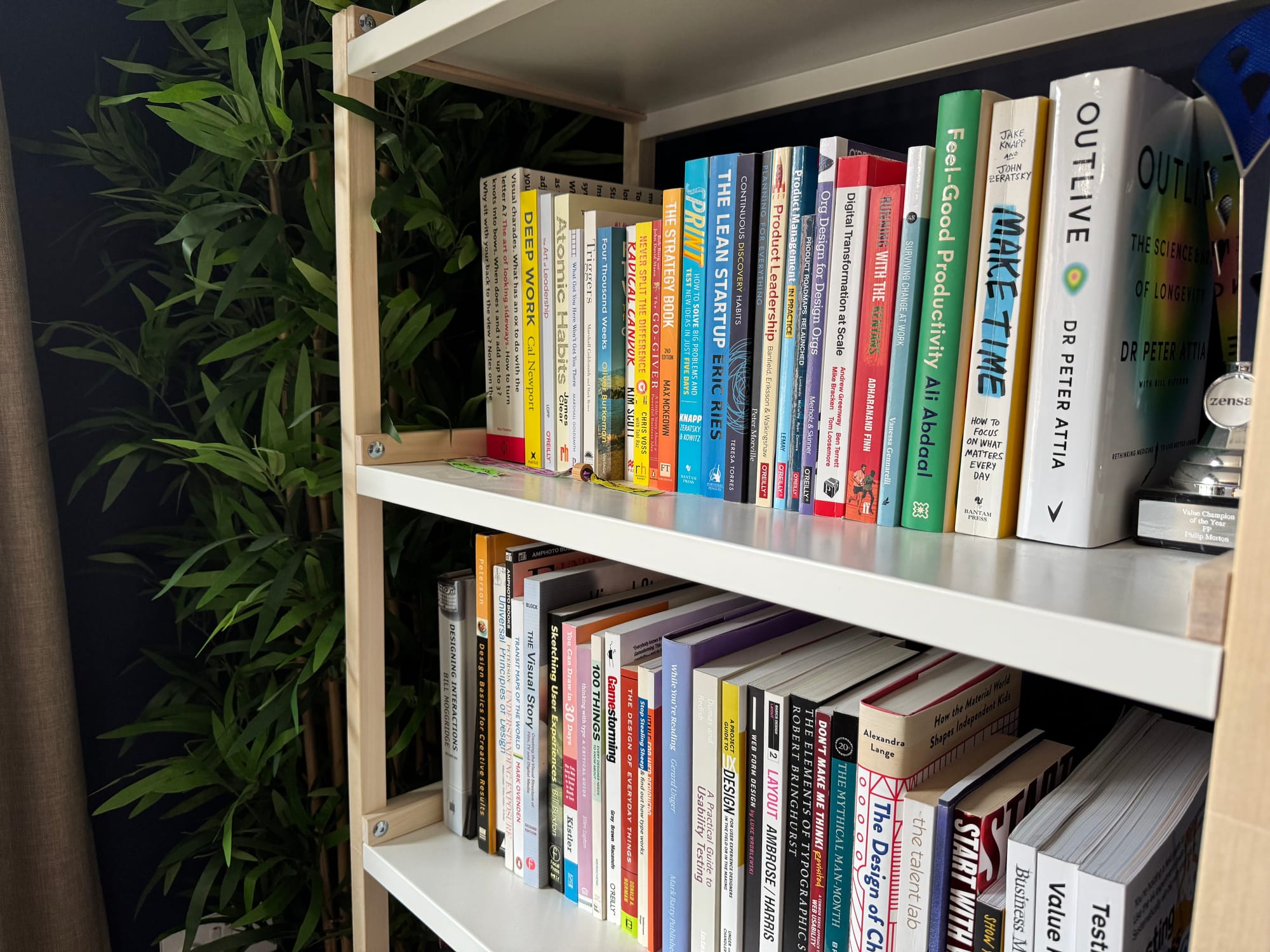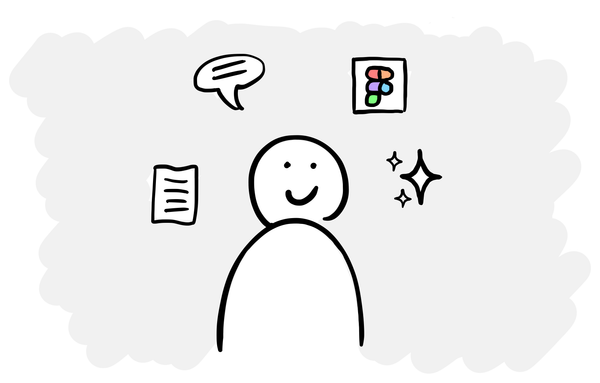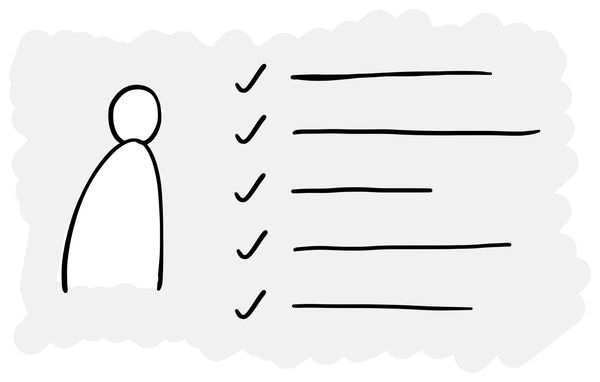Miro is for the chaos. Notion is for control.
Making the business case for ‘collaboration software’ is hard, but it’s essential for knowledge work.

Most of the software we use at work has an obvious purpose: Outlook is for email and calendar, SharePoint is for storing and sharing files, Figma is for designing apps and websites.
Then you have ‘collaboration software’, the point of which is harder to pin down. Tools like Miro and Notion... what do they do and why should we pay for them?
Yet these are some of the most important tools your team needs, because they support two of the biggest tasks in knowledge work:
- Divergent thinking: exploring a topic and making sense of a problem space.
- Organising and structuring: bringing clarity and order to scattered knowledge and processes.
The best two tools for this are Miro and Notion.
Miro is for the chaos

The start of every project is messy and uncertain. You’ve got a lot of questions and few answers:
- Who do we need to speak to?
- What work has already been done?
- What does the current thing look like?
- What should the future state be like?
- What do we need to do and in what order?
When you have a group of people (who may not have worked together before) trying to figure this out quickly, you need a space to dump everything where everyone can see it.
This is where infinite canvas tools like Miro, FigJam, Mural and so on are so valuable.
Miro and co let you figure out what’s going on without having to decide on structure upfront. When you’re in the early stages of the project and are still trying to make sense of it, a Miro board lets you explore without wasting time overthinking the structure of how you’re going to capture and organise everything.
Infinite canvases are also perfect for collaborative work because they don’t force a particular style or structure on anyone. Unlike working in a shared Word doc where different formatting styles might clash, everyone can work independently on different parts of the canvas without stepping on each other’s toes (unless people start adding stuff at completely different scales, which is super annoying).
Miro boards don’t last forever. They fill up and however hard you try, they always become a mess. But that’s almost the point – they’re not meant to be permanent. They are chaotic because that’s the part of any project that they represent. Once you start figuring things out, you move on to another tool.
Notion is for control

Notion is the opposite. Once you know what the shape of something is, you can tame it by adding structure and process around it.
Notion’s appeal is that it can give you control over your information, tasks or anything else in work or life. Because it’s like the Lego of software, you can adapt it to whatever project or situation you need.
There are plenty of other tools designed to support specific use cases like project management, CRM and so on, but Notion allows you to create your own in exactly the way that you want.
This is why there’s a huge community around Notion templates and productivity systems. The idea people are selling with these templates is that if you add structure and process around something, you will be more successful at it. If only I had the right template, I can be improve in my studies/YouTube video production/work/life/etc.
Notion has a harsher learning curve than Miro, but a higher ceiling. The killer feature is its relational databases, which takes some getting used to for many people, but once you get it, you can create pretty much anything you need.
What Notion and Miro have in common
Although both of these tools serve different jobs-to-be-done, they share a crucial trait: malleability. You don’t have to decide how to structure something before you start because you can always change it later.
Compare this to traditional tools like Word, PowerPoint, or Excel. Once you’ve chosen to make a spreadsheet versus slides, you’re locked in. You can’t easily transform content from one format to another.
Miro and Notion both let you start messy and refine as you go. This flexibility reflects how knowledge work actually happens – we rarely know the right way to structure work from the beginning.
Why you need both
These tools complement each other perfectly because they mirror the natural flow of work: from chaos to order, from divergent to convergent thinking.
Miro helps you navigate the mess at the start of a project when you're figuring out what's going on. Notion helps you structure what you’ve learned once you understand the problem better.
You don’t necessarily need these specific tools – FigJam or Mural could substitute for Miro, and you could get away with using Confluence instead of Notion (although no relational databases for you). But you definitely need tools that serve these two purposes.
Without a space for divergent thinking, your team will struggle with exploration and sense-making. Without a tool for convergent thinking, you’ll never bring structure to what you’ve learned.





